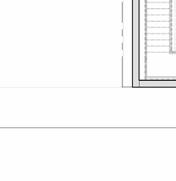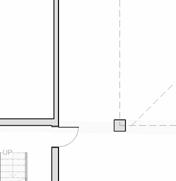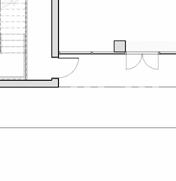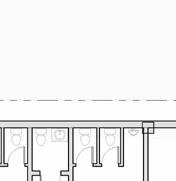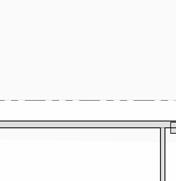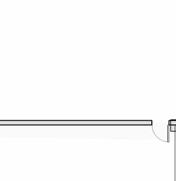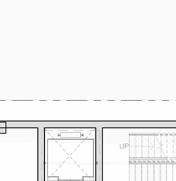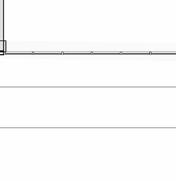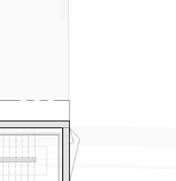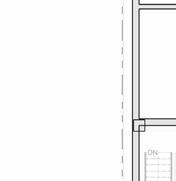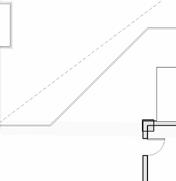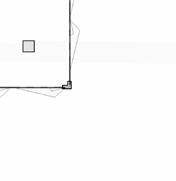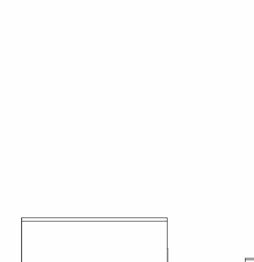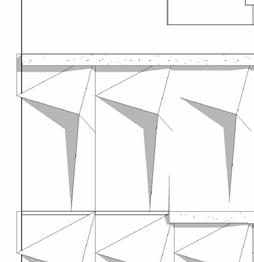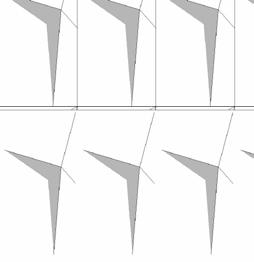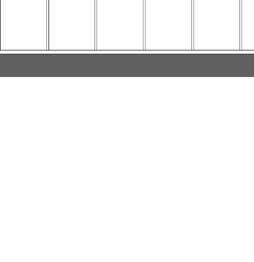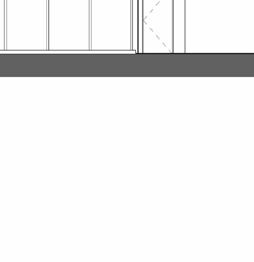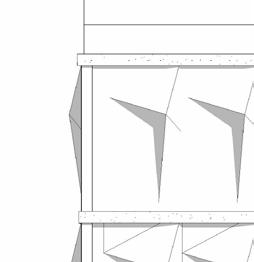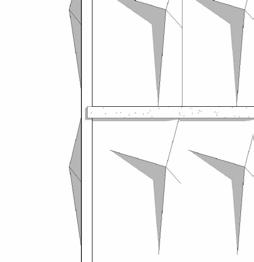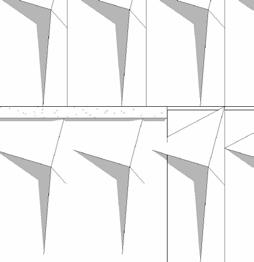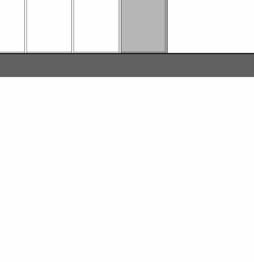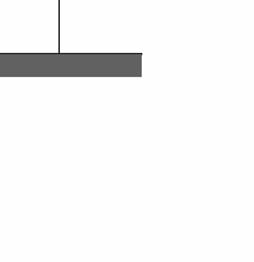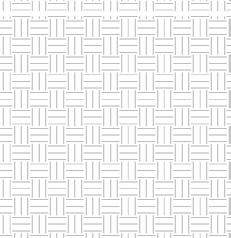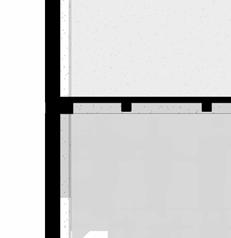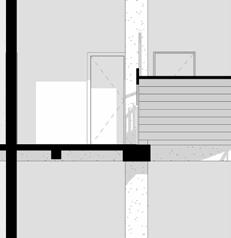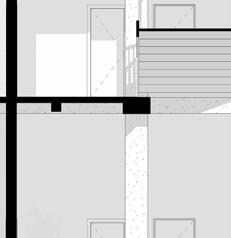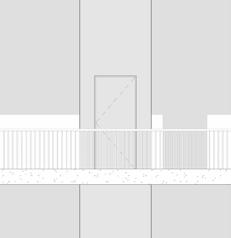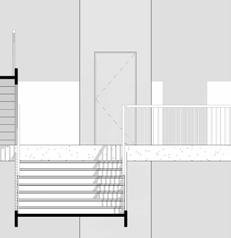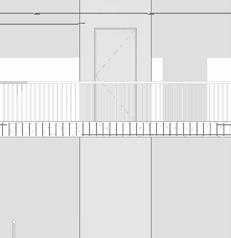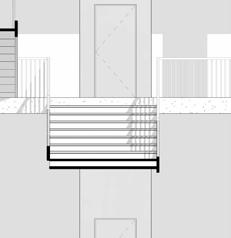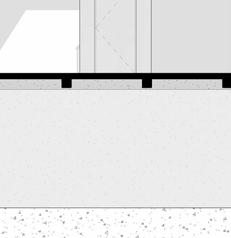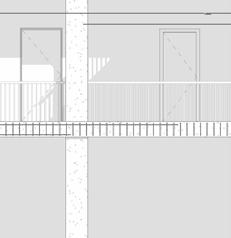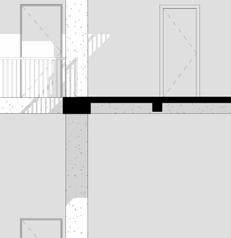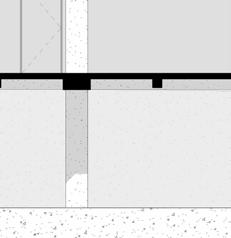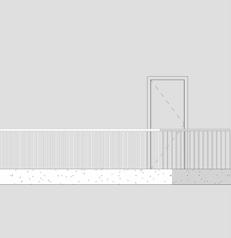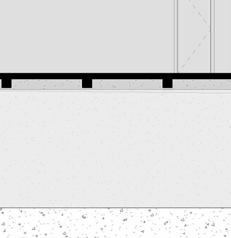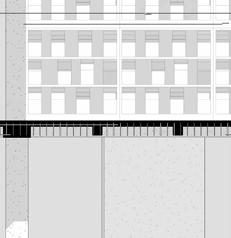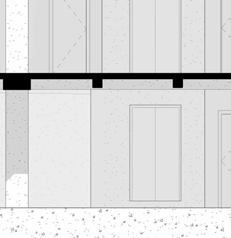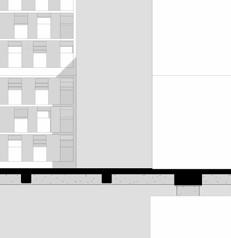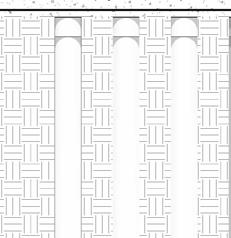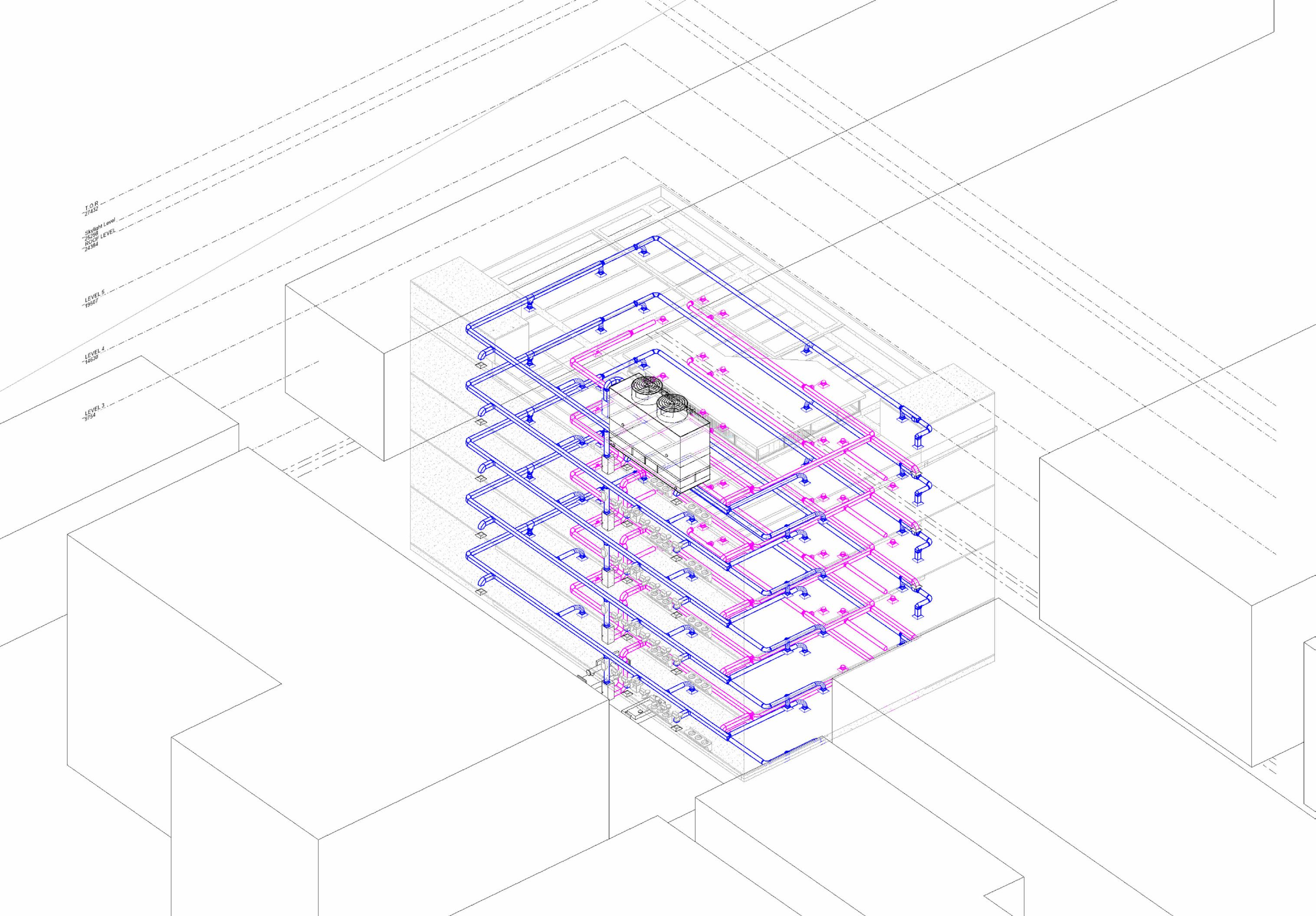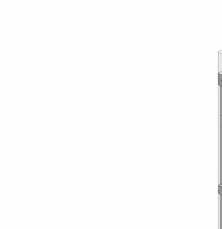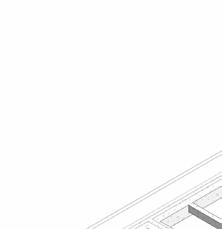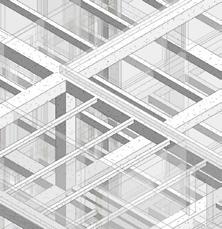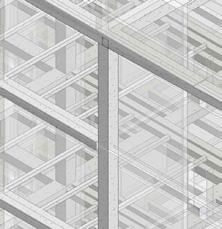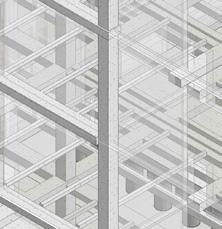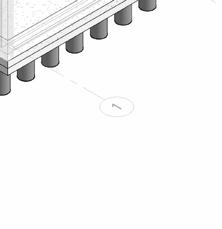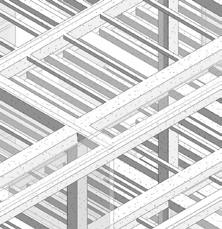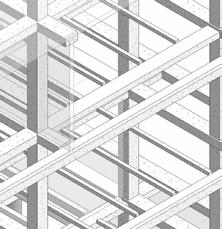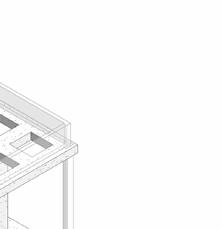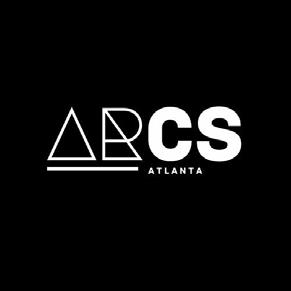J CONNORS KNIGHT
design portfolio
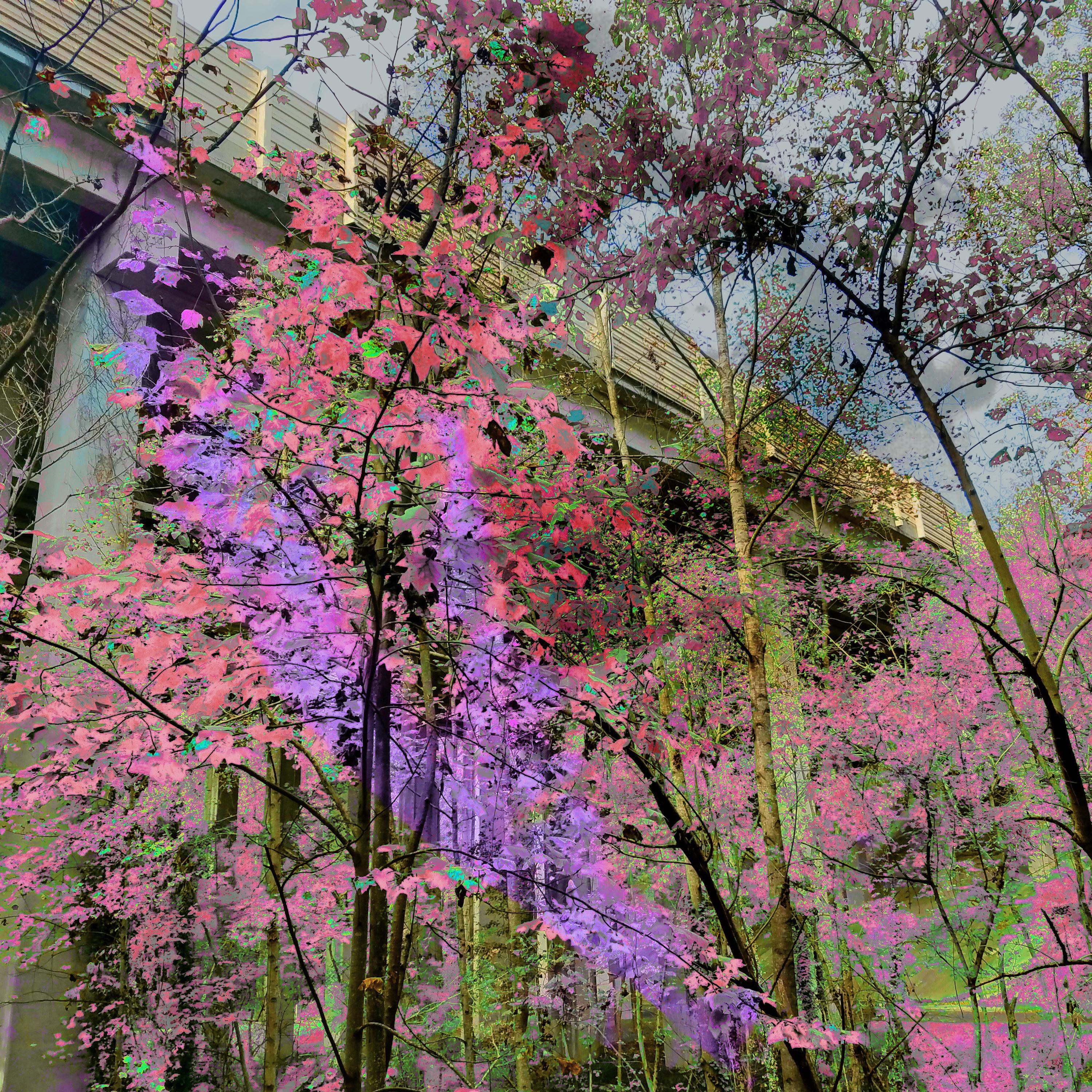
CROSSINGS
(a brainteaser)
CASCADING DOWN (an athletic + community center)
FRAMING ARTS SQUARE (a campus core for the arts)
THE FACADE GAME (a facade system)
ATLANTA ANTIQUE LIBRARY (a rare book depository)

design portfolio

(a brainteaser)
CASCADING DOWN (an athletic + community center)
FRAMING ARTS SQUARE (a campus core for the arts)
THE FACADE GAME (a facade system)
ATLANTA ANTIQUE LIBRARY (a rare book depository)
m.arch studio georgia institute of technology fall 2023
critic - mark cottle
how do you design a space without hallways? given a 80’ by 80’ cube, how can you insert 12 rooms that each serve to move people up them into the next spaces without simply inserting staircases, and can you still do this when the rooms are not simply scaled versions of each other? crossings is an answer to that puzzle, a systemitized approach to fit a clan of three families of c-shaped rooms plus one “anomaly.” floors are placed first, with a rule that each room must touch either three or one other rooms - not two, not four, not five. then, they’re assumed to fill all the way up to the roof of the cube, until another room is placed on top, “squishing” them into their final shape - resulting in strange towering shafts and low hanging shadows of the other rooms. below are drawings of the final rooms, on the next page are the rules.
THE RAFT
THE TENEMENT


a nodal map of the solution, showing rooms and how they connect. nodes are color coded by their slope, and sized by their size category. each line represents a door from one to the other. in the diagrams below, the star indicates which room from this map we are looking at. the rooms on the right of the map are at the bottom of the cube.






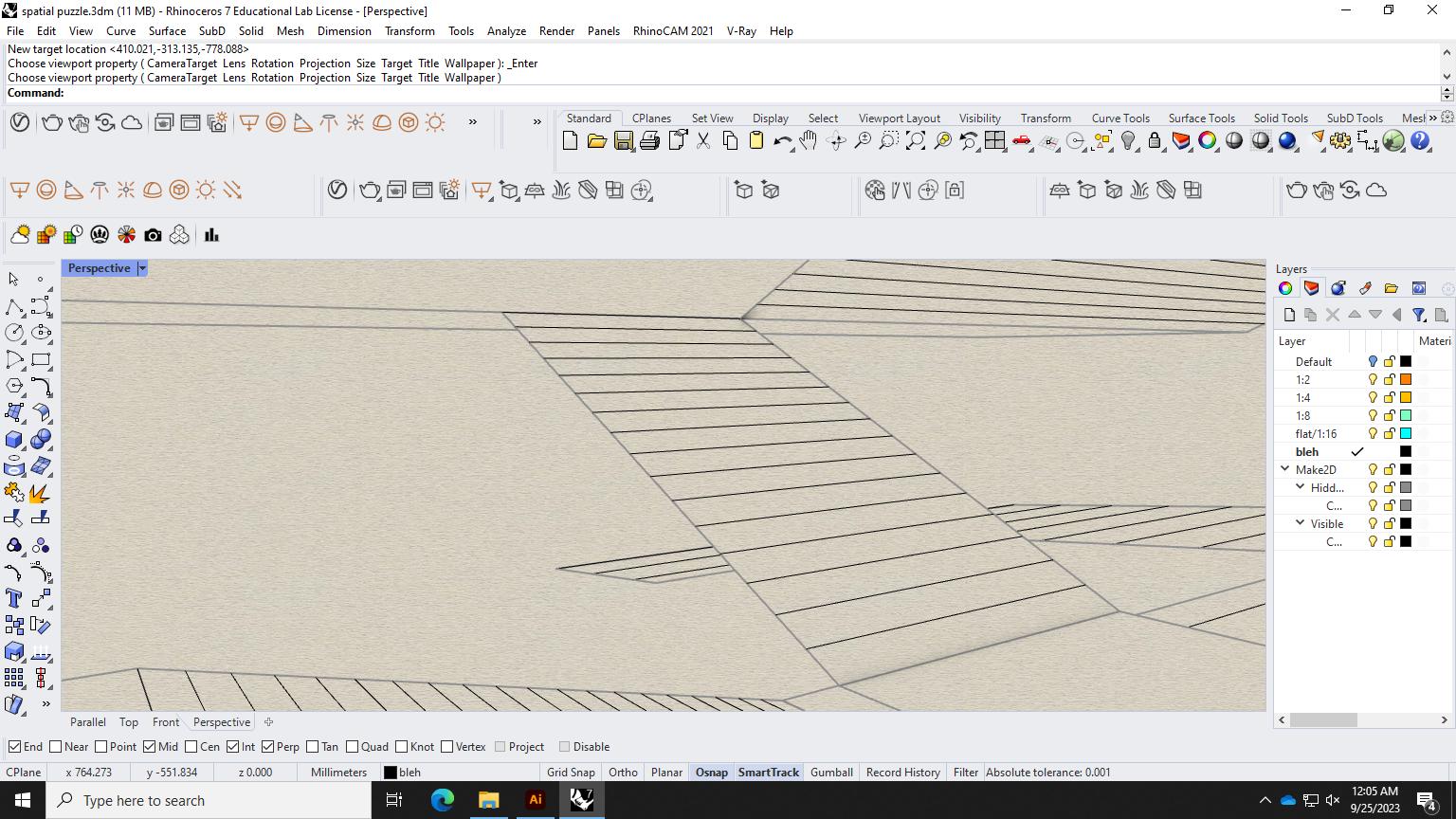


the puzzle was simple: fill an 80’ x 80’ x 80’ cube with twelve rooms. the rooms had to be a mix of three sizes - 4800 square feet, 1200 square feet, and 375 square feet. the 375 figure was an important part of the challenge: it shared no common factors with it’s larger siblings, meaning the problem couldn’t be a simple tiling. additionally, we had to relate the rooms into families based on something other than size. people had to be able to move up the cube into all rooms without ever entering a hallway or stairwell. we were also allowed one room that existed outside of the families in some way. this solution was to create c shaped rooms that themselves acted as stairs, sorted into families by slope - one at 1:2, one at 1:4, and one at 1:8. to guide the layout process further, rooms were required to have either one or three ways in - not two, not four. a door happened on any face where two rooms’ floors touched at the same elevation. two rooms could share more than one door with one another, as long as neither had more than one other connection.
FAMILIES
FAMILIES
FAMILIES
THE ANOMALY THE ANOMALY
m.arch studio
georgia institute of technology fall 2023
critic - mark cottle
this is a recreational center designed on behalf of the city of atlanta, to be located in the fairlie-poplar neighborhood downtown and consisting of: two gymnasiums, a swimming pool, fitness and physical therapy spaces, activity studios, a space for daycare, small, mixed-use health clinics, public restrooms, and an equal amount of flexible urban space, for the purposes of gathering, reflection, rest, and relaxation as a part of the greater community. fairlie-poplar is the heart of atlanta’s historic downtown, nestled between two transit stations, two parks, two major streets, and populated with many of the city’s oldest landmarks. the site occupies a corner in a shared block setup, and is currently in use as a parking lot.
this proposal takes the program down, into the earth, nestling rooms, circulatory ramps, and open spaces around the periphery of a vertical hanging string of large program rooms, leaving at street level only a small plaza basketball court and a food stall. at its lowest point, 120 feet below grade, a tunnel entrance takes visitors to the nearby peachtree center transit station. the proposal seeks to define as a cascade of program spaces, united by a common thread of community, socialability, health, and wellness.


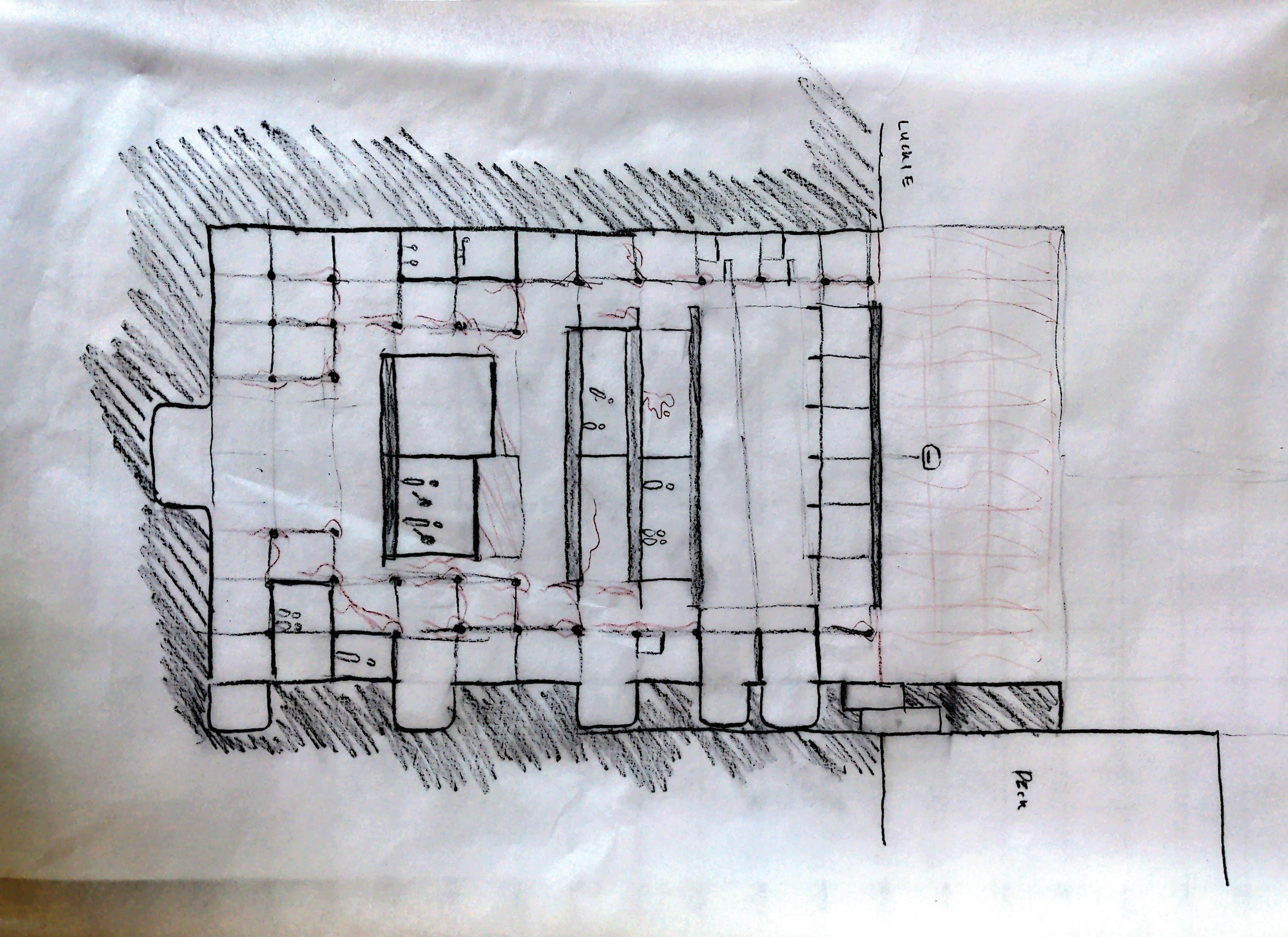




CIRCULATION, OPEN AIR, AND CONDITIONED SPACES















with maddy hill
m.arch “portman studio”
georgia institute of technology fall 2023
critic - andrea leers, jude leblanc
as georgia tech continues to expand campus, it has purchased a lot between marietta street and north avenue that it plans to turn into a mixed residential, commercial, and academic district for the campus, themed around the arts on campus, a so-called “arts square.” our proposal has two scales - a general phased site strategy, and a specific building proposal for the academic portion of the program. the site strategy was to organize the district around a sunken courtyard, where art can be displayed and artists can be seen at work. the building strategy was to wrap the building in a reactive translucent display that could show art by students and the inner workings of performance spaces simultaneously. in both cases, we “frame” the arts, putting both product and process on display.

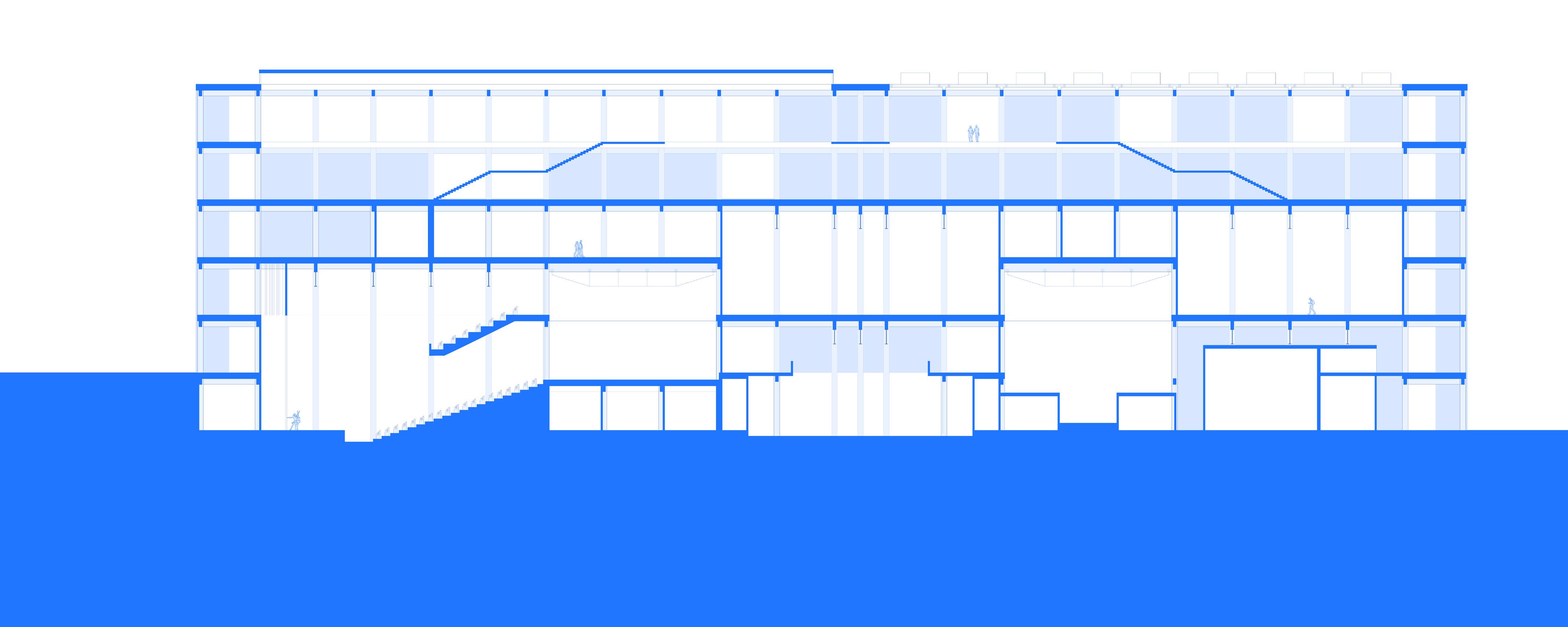




Scale: 1” = 50’



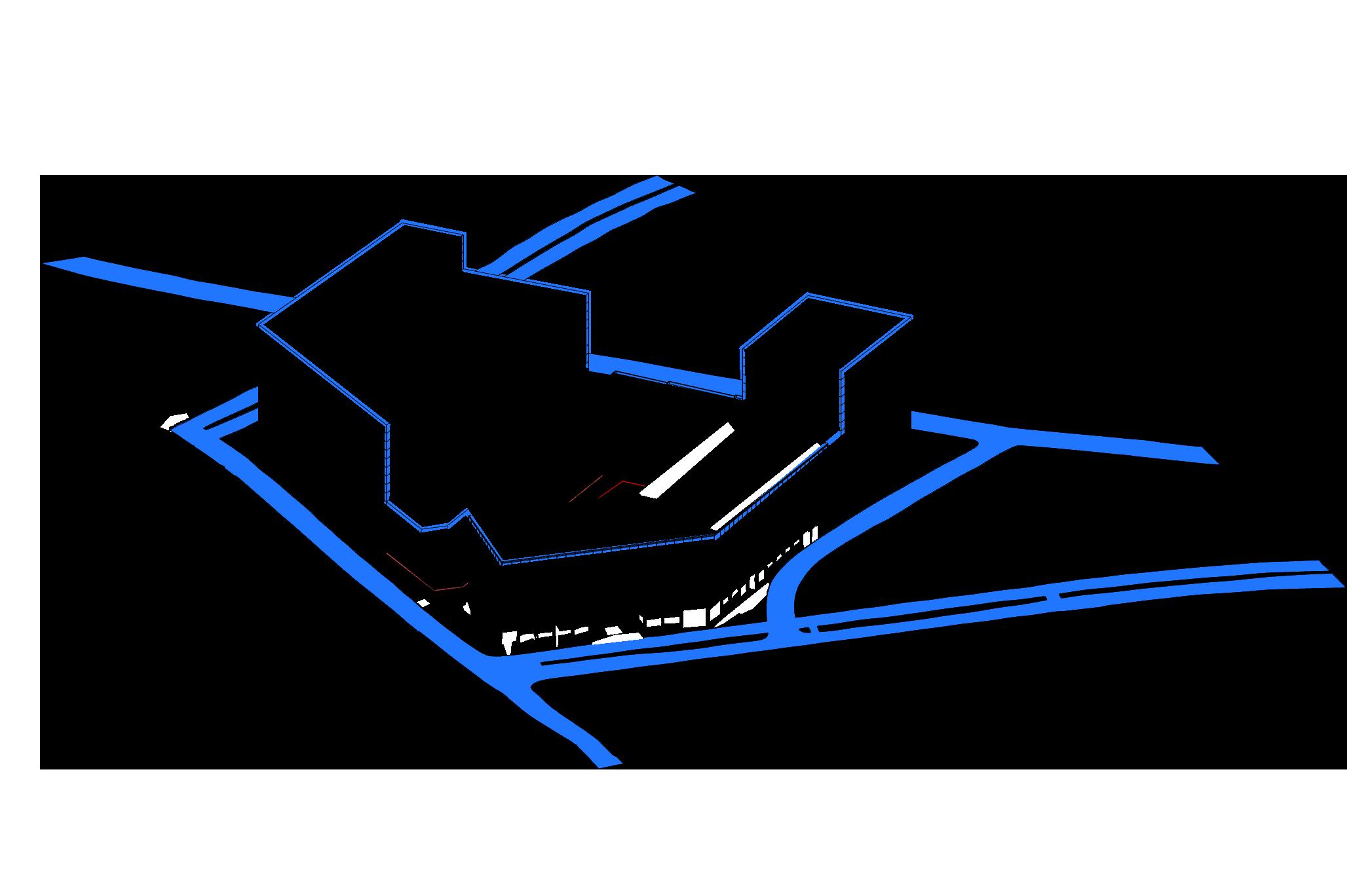

Upper and Lower Ground Diagram












WALLACE STREET
WALLACE STREET
WALLACE STREET
WALLACE STREET


























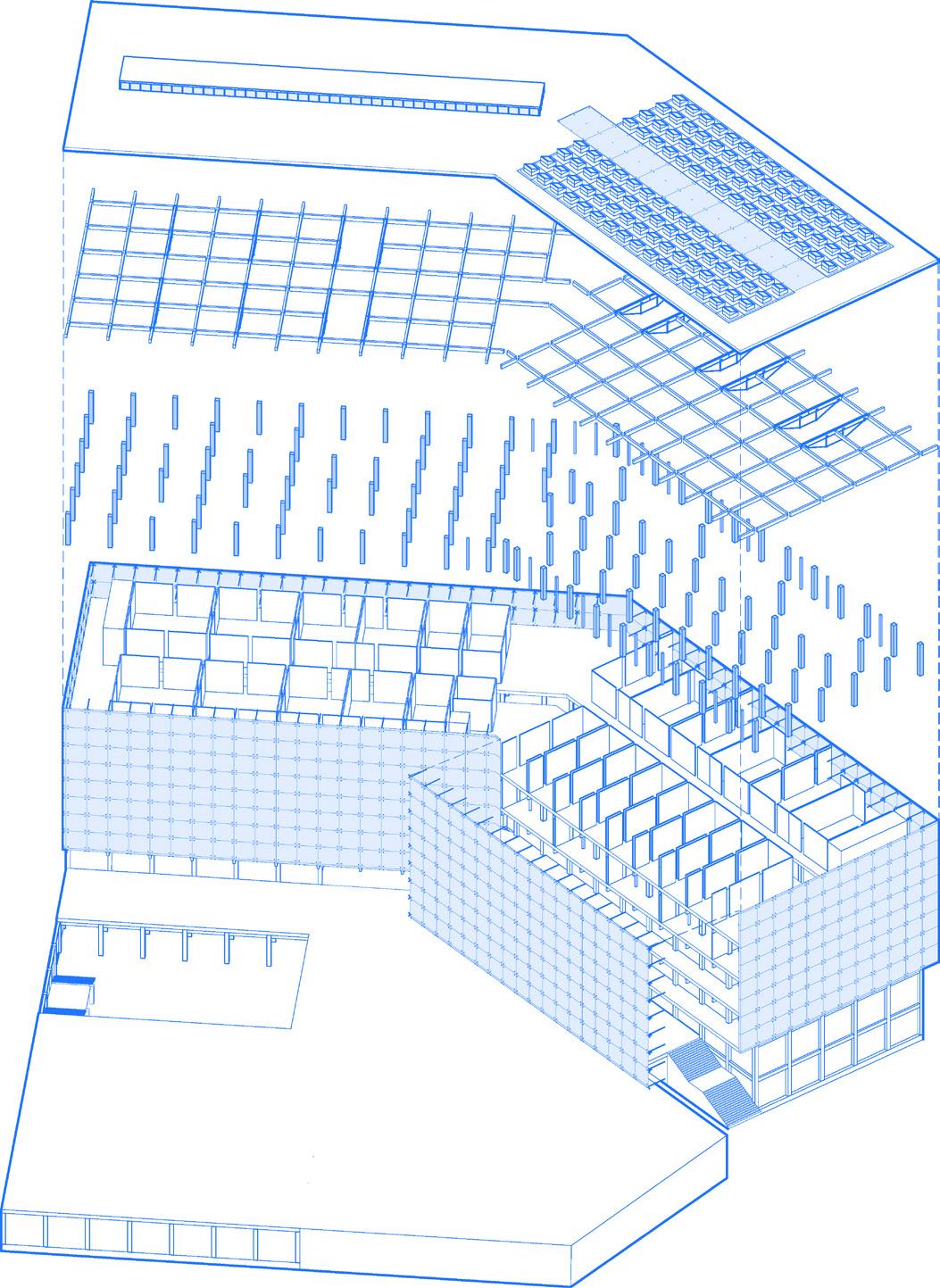





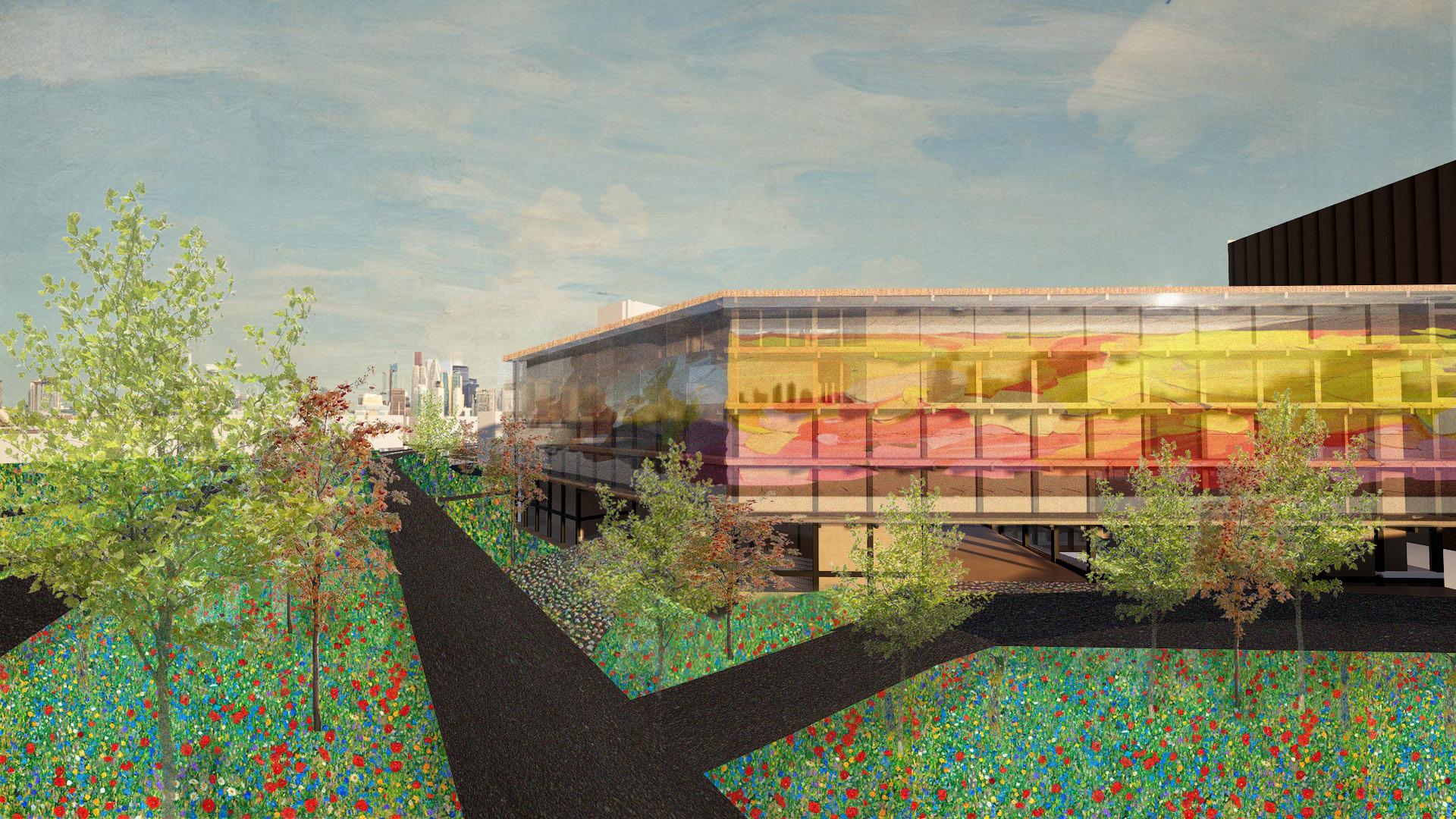


with jatalvis love
m.arch design + research studio georgia institute of technology fall 2024
critic - julie kim, botao li
in brookhaven, ga, at the southern end of the historic buford highway, a development is underway that will serve as a gateway to the ever-growing and richly diverse young city. can a set of simple rules and a simple kit-of-parts produce a complex facade that in turn drives the building program towards a more engaging and communal mode of living in a dense development? to find out we engaged with architectural precast, taking full advantage of it’s ability to easily replicate complex geometry, creating a kit of exactly two types of concrete module that - in conjunction with a “game” of our making, can be deployed across a residential facade in a way that brings character, individuality, and emergent spaces to the project on the whole, wihile also taking advantage of precast’s incredible economic advantages.
floor
2 micro-unit grand window 3 micro-unit balcony 2
modules either meet on flat edges or curved edges, like-on-like, with spontaneous “amenity blocks” scattered throughout the residential floors allowing both visual relief and spaces for communities to form and gather within the housing complex. each unit has a balcony, some set inside and some outside the facade layer, creating a dynamic relationship of the panel to the habitable space inside. within the development as a whole, this tower sits on top of a much-needed co-op market that occaisonally spills out onto a wide open space just inside the northern edge of campus.

the primary panel shape was created through an iterative shaping process based on cross-cultural curvilinear forms, and toying with ideas related to relief and rotation. positive space was concrete, while negative space would then be void. the initial form was an unitized “tile” to be repeated ad naseum, but a major breakthrough came from instead taking only a single quadrant of the full shape and manipulating it across the facade. this gave us a tile that could be rotated freely to create a meandering set of curving paths across the entire assembly.

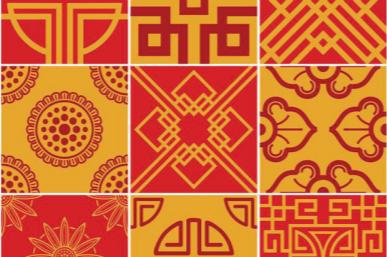




the rules of the facade game are fairly simple. each curved panel, due to its three-dimensional relief, has two edges that are flat across their length, marked below in blue, and two that are more complex in profile, marked in yellow. because of the size of the void in the curving element, a second piece was allowed, a simple flat square with a slit window. flat edges were only allowed to interface with flat edges, and curved with curved. a flat edge against a curved edge would be an illegal placement. following only these rules, solutions would all take too predicable a shape, and so a change was made; each floor would have a certain amount of its program given to communal spaces for the apartments, and these “amenity blocks” would be allowed to touch either curved or flat edges of the panel system. to help follow the logic of both precast and apartment layouts, each size of apartment had a limited palette of facade options, slight variations of one another. these were then applied across the facade according to the rules.






with anna wiles, shreetej parkar, rachel drakeford integrated building systems iii georgia institute of technology fall 2024 critic - russell gentry, michael gamble, hugo sheward



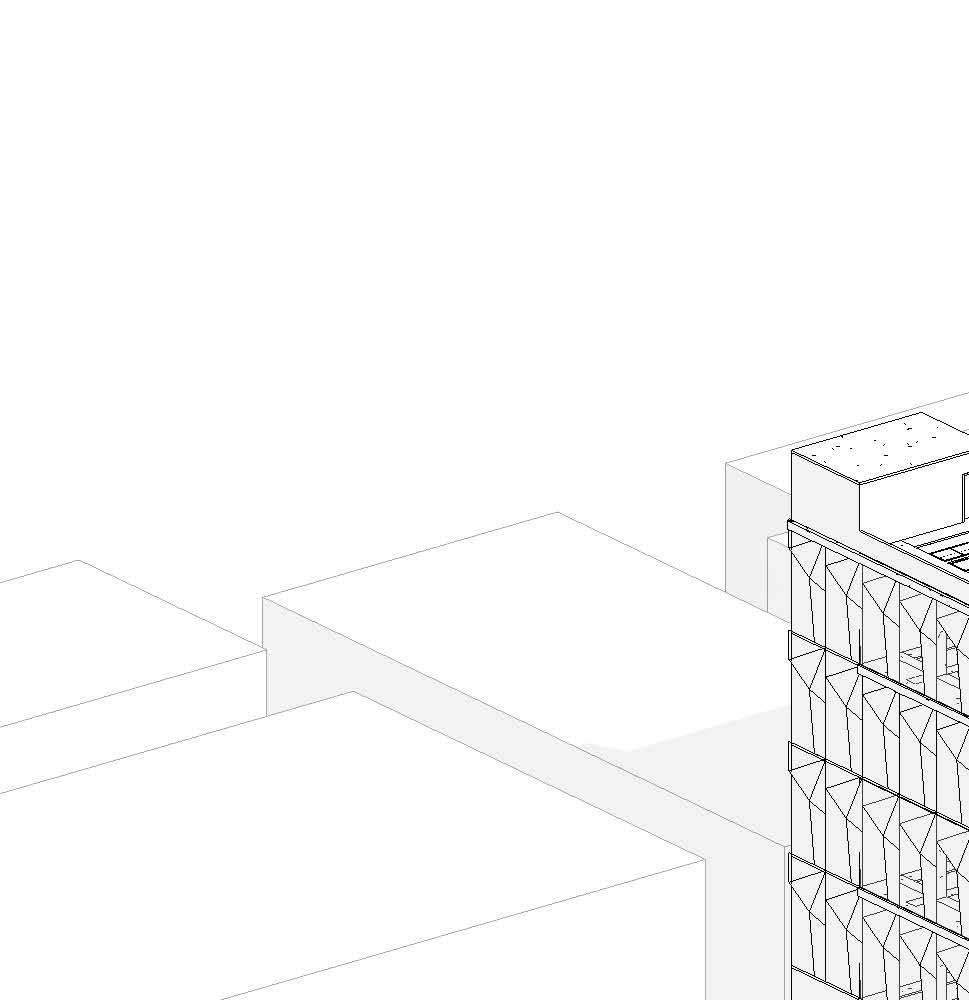
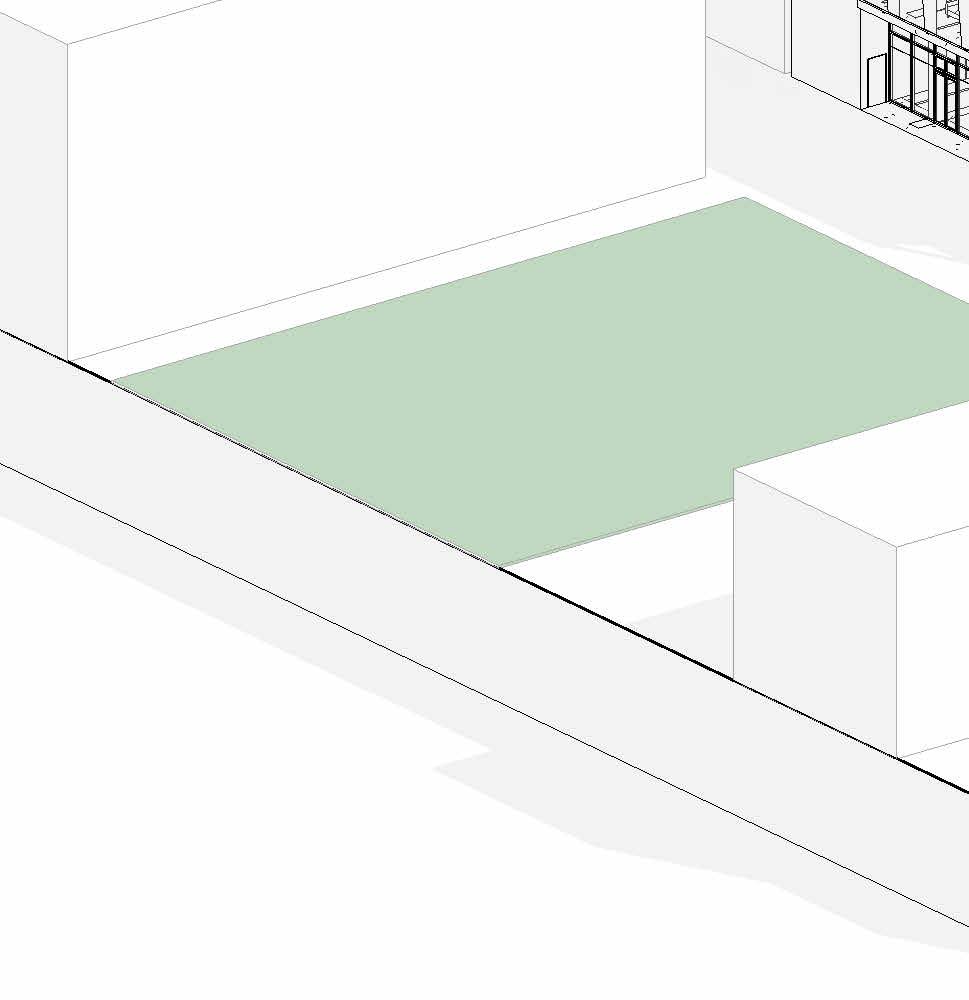

an educational mixed use library for downtown atlanta, designed to take advantage of passive strategies for cooling and ventilation. the library is designed with a public ground floor for events topped with four floors of book stacks encircling a five story atrium. the atrium links the spaces visually, but also allows the updraft of warm air to be released from operable clerestory skylights on the roof deck. solar panels along the roof help provide power, and the precast facade elements are designed to help shade the windows from too much direct sunlight.

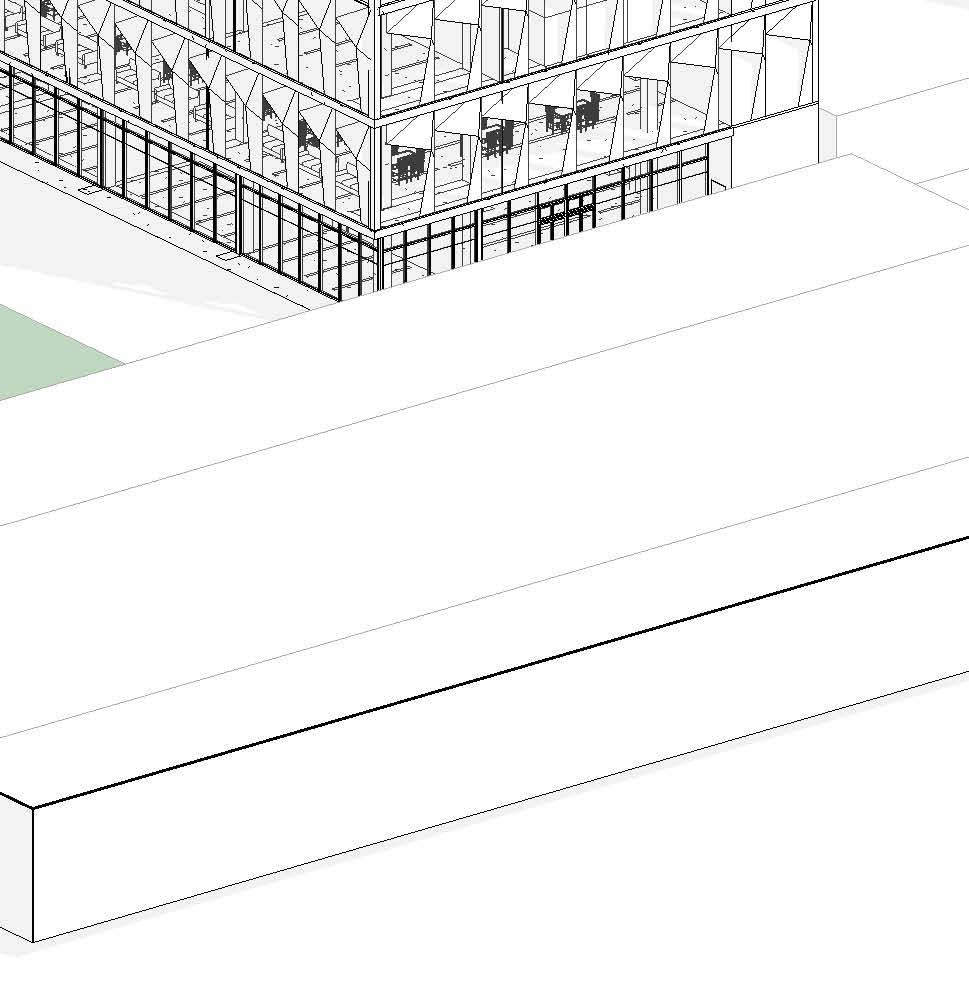


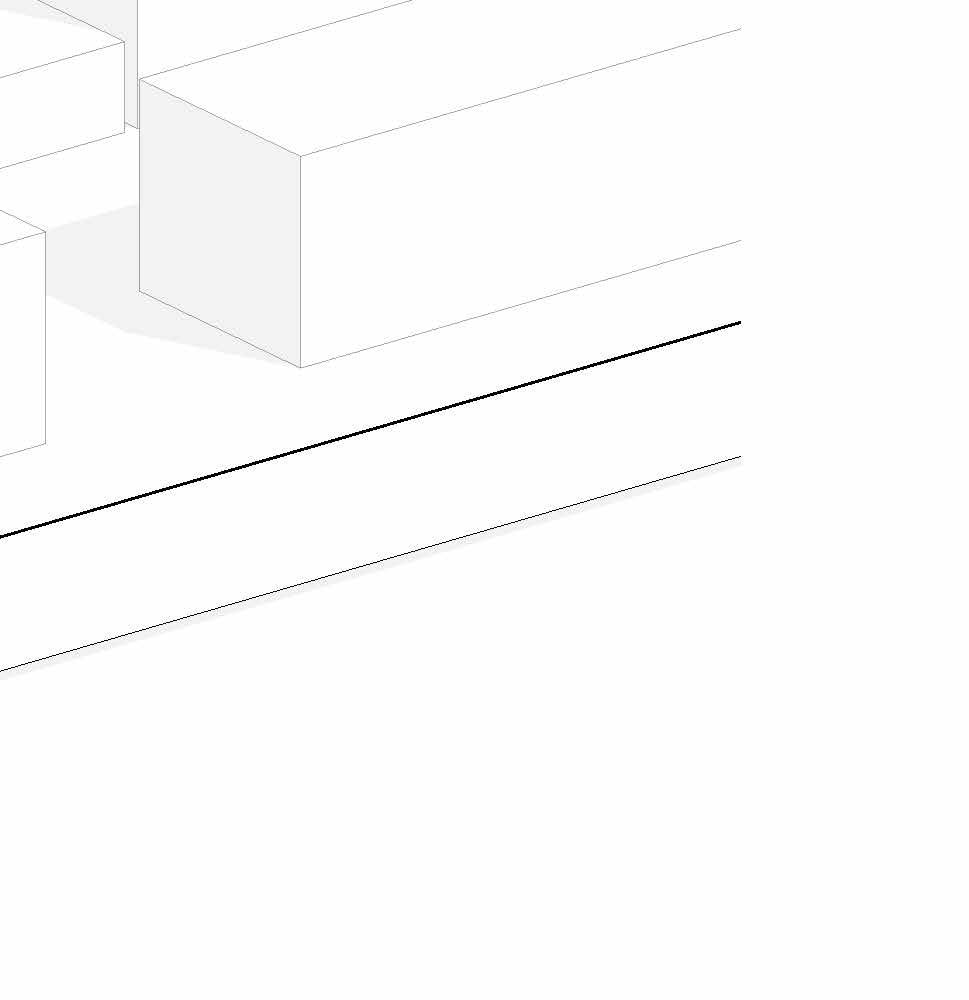









starting from a site plan, program, and soils report, we took this project through every step of a miniaturized integrated design process - from schematic design into design development and up through the core of a construction document set. in the end, we had a set comprised of a selection of architectural, structural, life safety, mechanical, and electrical diagrams created with the aid of autodesk revit.














